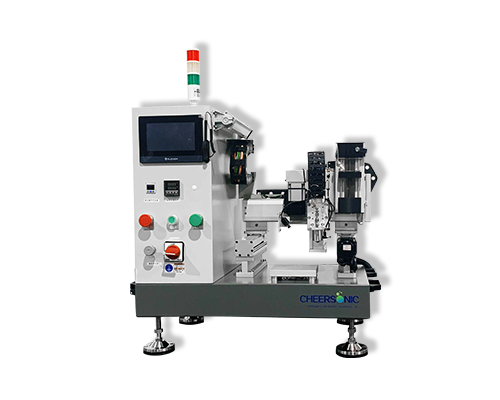Ultrasonic Spray Pyrolysis For Nanomaterial Production
Ultrasonic Spray Pyrolysis For Nanomaterial Production – Cheersonic
Currently, there is a need for scaled-up production of nanoparticles, able to take up the increasing quantities of nanoparticles required for advanced applications. Technologies for generating nanoparticle powders and suspensions have existed for several decades, and are being improved upon continually, while novel approaches are also being studied. One potentially reliable method for the large scale synthesis of nanoparticles is the ultrasonic spray pyrolysis process. This process is considered to be relatively cost-effective, and easily scalable from the laboratory to an industrial level. Several different types of nanoparticles and structures can also be produced by ultrasonic spray pyrolysis process, such as solid or hollow nanoparticles, core–shell and ball-in-ball structures, etc.

Ultrasonic spray systems are the most efficient amongst other types of nebulisers for nanomaterial production, such as pneumatic and electrostatic, while also being affordable and having a low droplet velocity. Pneumatic nebulisers produce droplets by expanding a pressurised liquid. These nebulisers have a high droplet output of large sizes around ≈50 µm, and the droplet sizes and size distribution are difficult to control. Electrostatic nebulisers use an electrostatic field to extract droplets from a liquid. They have a low productivity, and can only be used on conductive liquids. Ultrasonic nebulisers produce droplets in a narrow size distribution, less than 10 µm, with acceptable productivity. Ultrasonic spray nozzles generate more stable and uniform droplets, but cannot produce droplets as small as ultrasonic nebulisers. As such, ultrasonic nebulisers have good characteristics regarding their droplet output, and are used commonly in spray pyrolysis processes.
Ultrasonic spray pyrolysis combines the ultrasound used for dispersing the precursor solution into droplets and chemical decomposition of the dissolved material inside the droplets at elevated temperatures, resulting in the formation of fine powder. In the ultrasonic spray pyrolysis reactor the evaporation of solvent from droplets occurs first, in the next stage the remaining solvent inside the dry droplets is decomposed chemically via pyrolysis, and, in the final stage, fine particles are obtained through the sintering process. The advantage of the ultrasonic spray pyrolysis method is the simplicity of setting up individual process segments and changing their configuration, continuous nanomaterials’ synthesis, and the possibility of synthesising nanoparticles from various raw materials.

